Boracay Island has long been the subject of issues regarding wastewater, drainage systems, and residual solid waste that fill the air with noxious odor. While there are regulations governing waste treatment in the island, the problem persists due to an inadequate treatment system especially with the continuous influx of tourists to the island.
Boracay may have found the answer to this problem through Department of Science and Technology’s (DOST)-developed Eco-Sep, an organomineral treatment used in a self-sustaining and portable wastewater treatment system.
Organominerals are mineral products that are formed by interaction of organic matter.
The Eco-Sep is a low-cost and deployable method for immediate installation of domestic wastewater clean-up anywhere in the country. Being enhanced with organominerals makes the Eco-Sep appropriate in disaster-stricken areas. Among others, it may be used in condominiums, housing projects, hotels and areas where wastewater treatment is a problem.
The Eco-Sep was developed by Dr. Merlinda Palencia of Adamson University whose research for the project was funded by DOST’s Philippine Council for Industry, Energy and Emerging Technology Research and Development (PCIEERD).
Initially, Tacloban was the chosen demonstration area for the Eco-Sep following the disastrous effects of Typhoons Yolanda and Ruby. Three Eco-Sep Systems were installed for 522 residents in temporary shelters in Palo, Leyte with 61 latrines and 30 bathing cubicles.
The demonstration showed positive results, prompting Mayor Remedios Petilla of Palo, Leyte to recommend that the Eco-Sep be incorporated in the engineering design for the rehabilitation projects in Leyte.
Inspired by these results, DOST opted to help Boracay solve its wastewater problem.
The DOST team composed of Project Leader Dr. Palencia and staff from DOST-PCIEERD namely, Ninaliza Escorial, Laarni Piloton, and Candy Ilaw, together with the unicipal environment office and the local government of Boracay, applied the organomineral treatment in selected Materials Recovery Facilities (MRF) and some hotels within the beach area.
For the past two weeks, the team checked on the number and volume of septic tanks in the selected hotels for the computation of the dosage for the treatment. The team has also collected samples of raw wastewater.
In two facilities in Balabag and Manoc-Manoc in Boracay, the team sprayed organominerals to reduce odor from the heavy loads of garbage in the areas. Spraying was concentrated in biodegradable and some residuals that produce bad odor. According to reports, seven trucks of residual waste is generated in Brgy. Balabag alone.
Like the results yielded in Palo, Leyte, initial results on the use of the Eco-Sep system with organominerals in Boracay showed significant reduction of odor both in the selected hotels and especially in the MRFs where results were almost experienced instantly.
One of the hotels that agreed for the testing said that it spends about P20,000.00 on commercially available chemical spray for the odor. Now it found the organomineral technology as a cheaper substitute.
In the jar test conducted by Dr. Palencia in a pumping station in Boracay, the caretaker reported that after organomineral application, the wastewater isolated for the jar test changed color and eliminated the bad odor. With the positive results shown in the jar test, the organomineral treatment was finally used on-site, resulting in a cleaner wastewater compared with raw wastewater.
Eventually, LGU Technical Operations Officer Glen Sacapano told the DOST team that the LGU is interested in applying the technology in the island to address the septic wastewater problem and to use it for the development of their industries. He suggested to Dr. Palencia to submit a proposal and policy recommendations on the management of septic wastewater using the developed technology.
Written by Maria Elena A. Talingdan, DOST-PCIEERD
Thursday, 28 May 2015 05:10

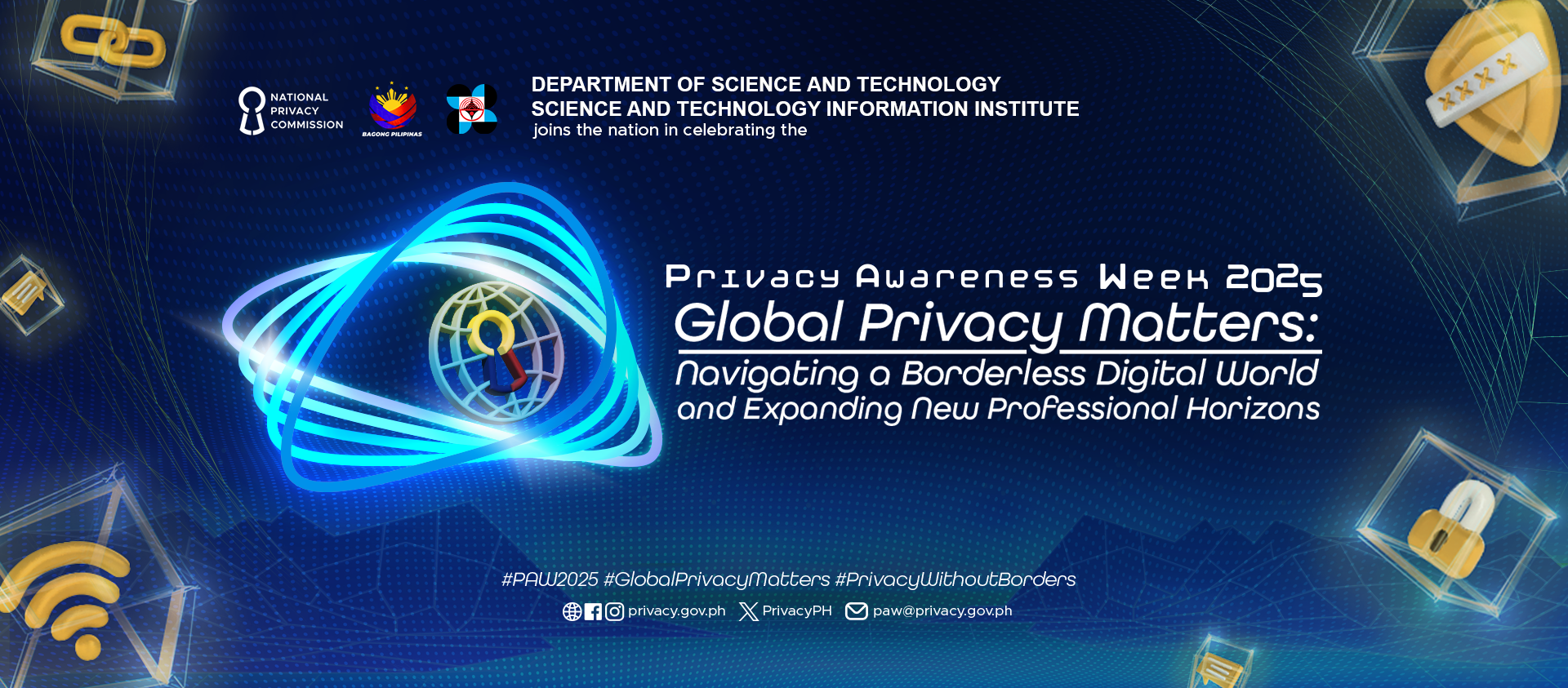
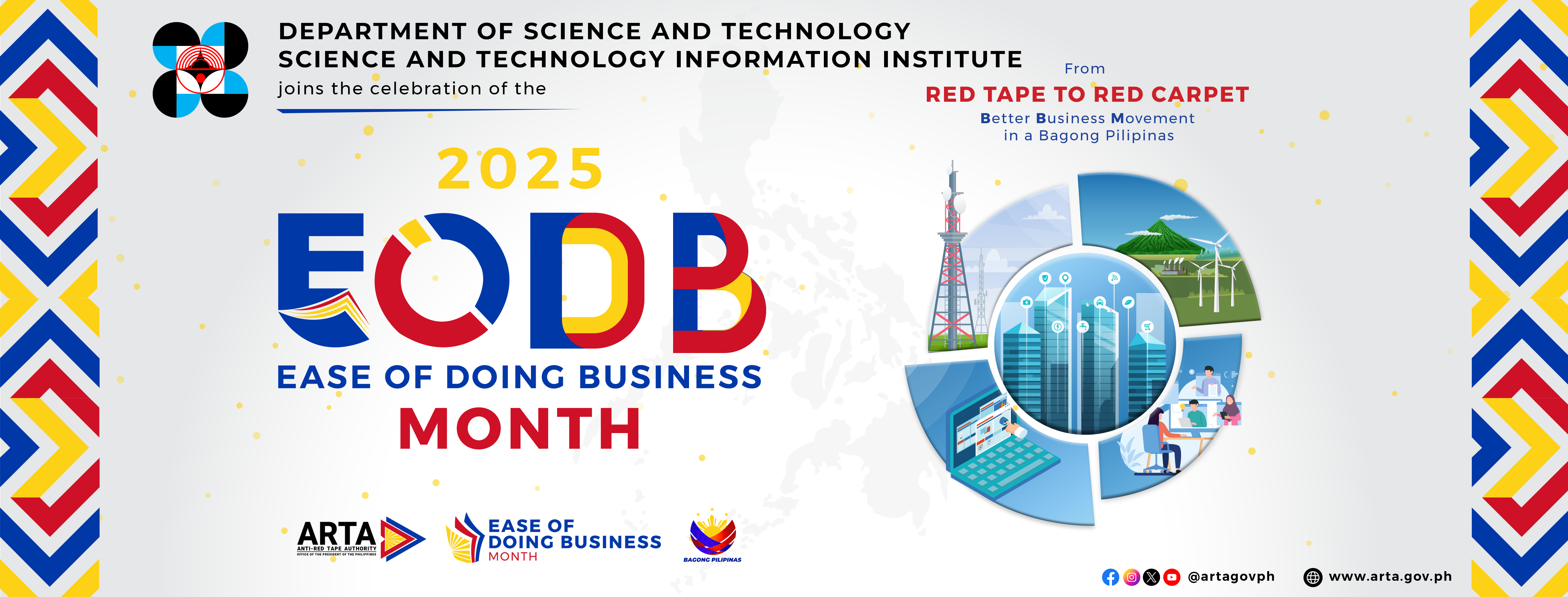
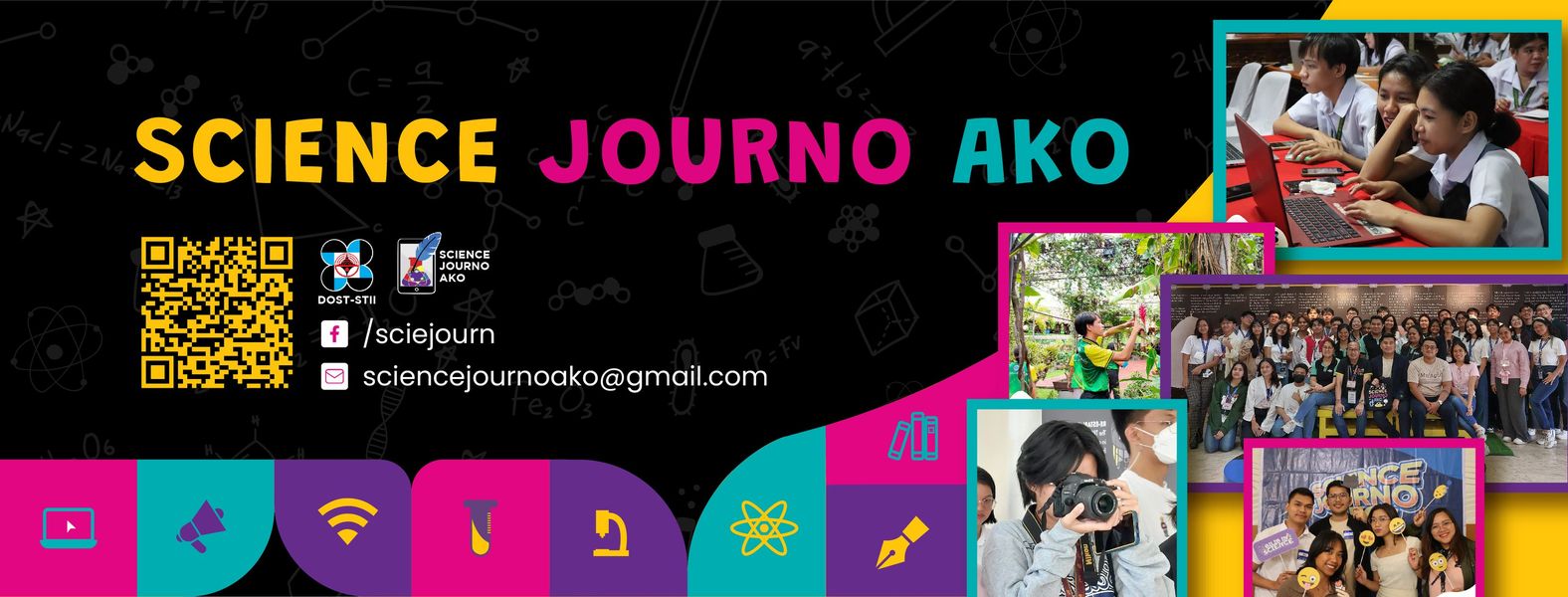



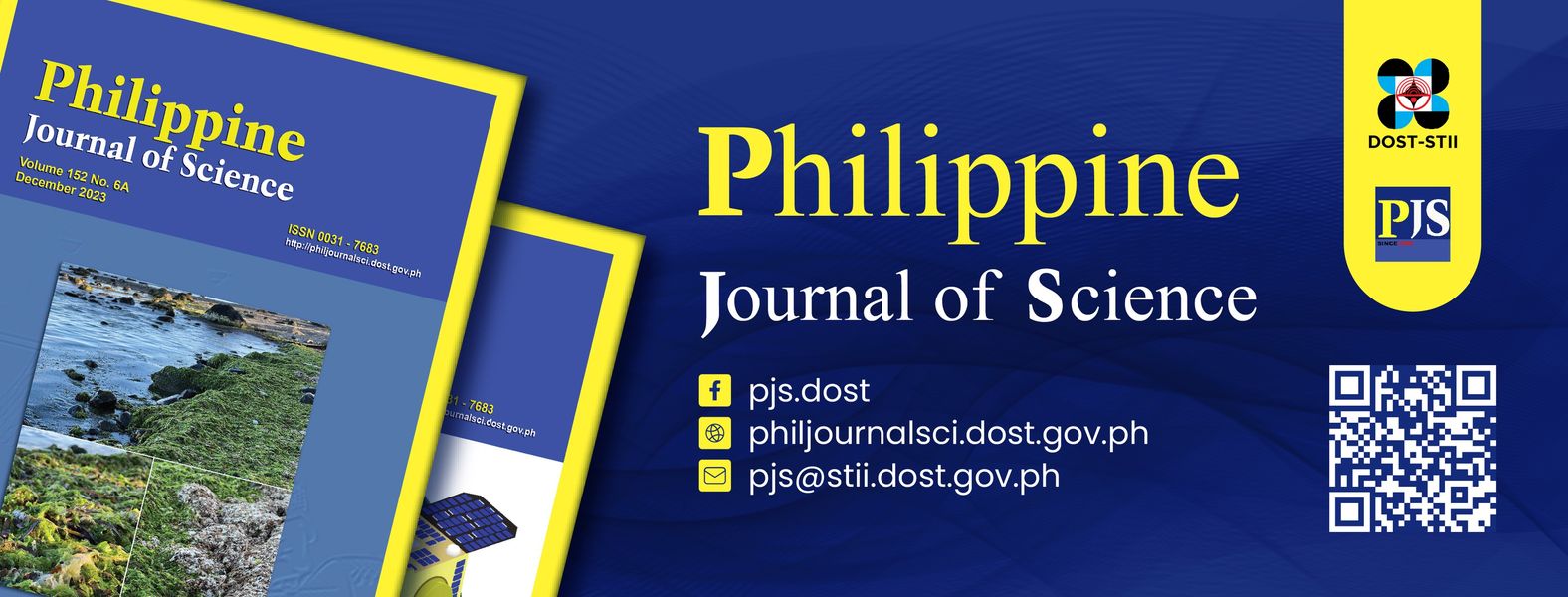




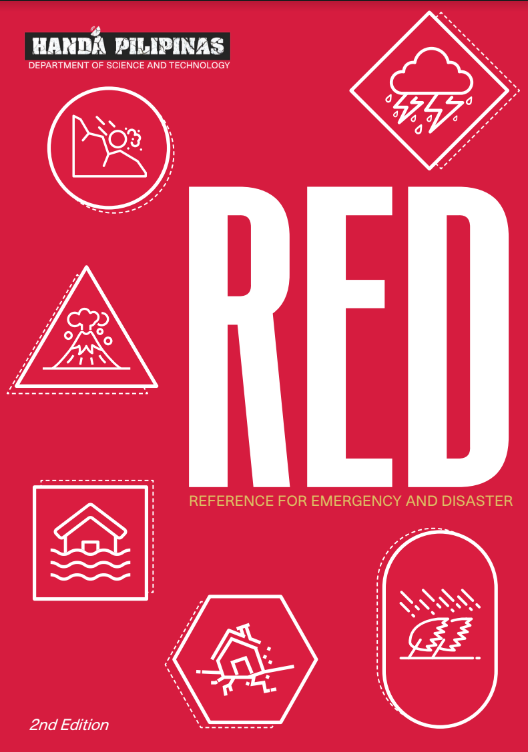





 21 in 2021 Technology Catalogue
21 in 2021 Technology Catalogue 21 in 2021 Technology Catalogue
21 in 2021 Technology Catalogue DOST Innovations - Web and Mobile Applications for Disaster Risk Reduction and Management
DOST Innovations - Web and Mobile Applications for Disaster Risk Reduction and Management